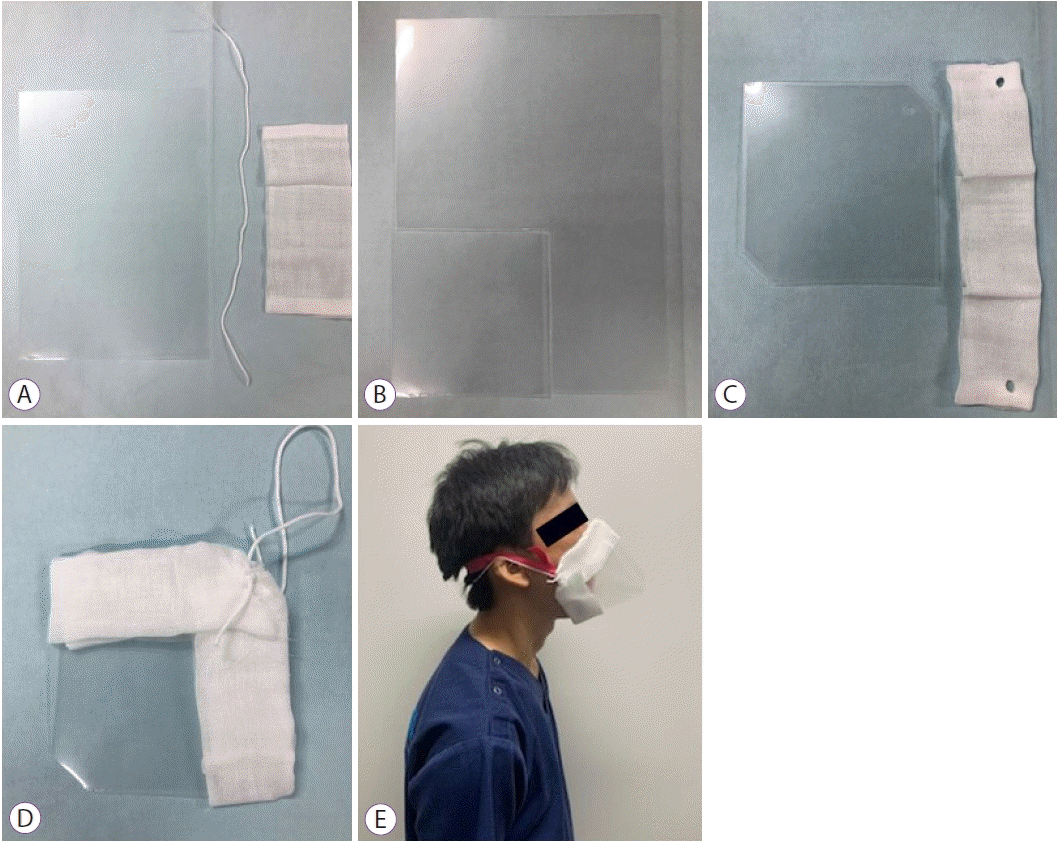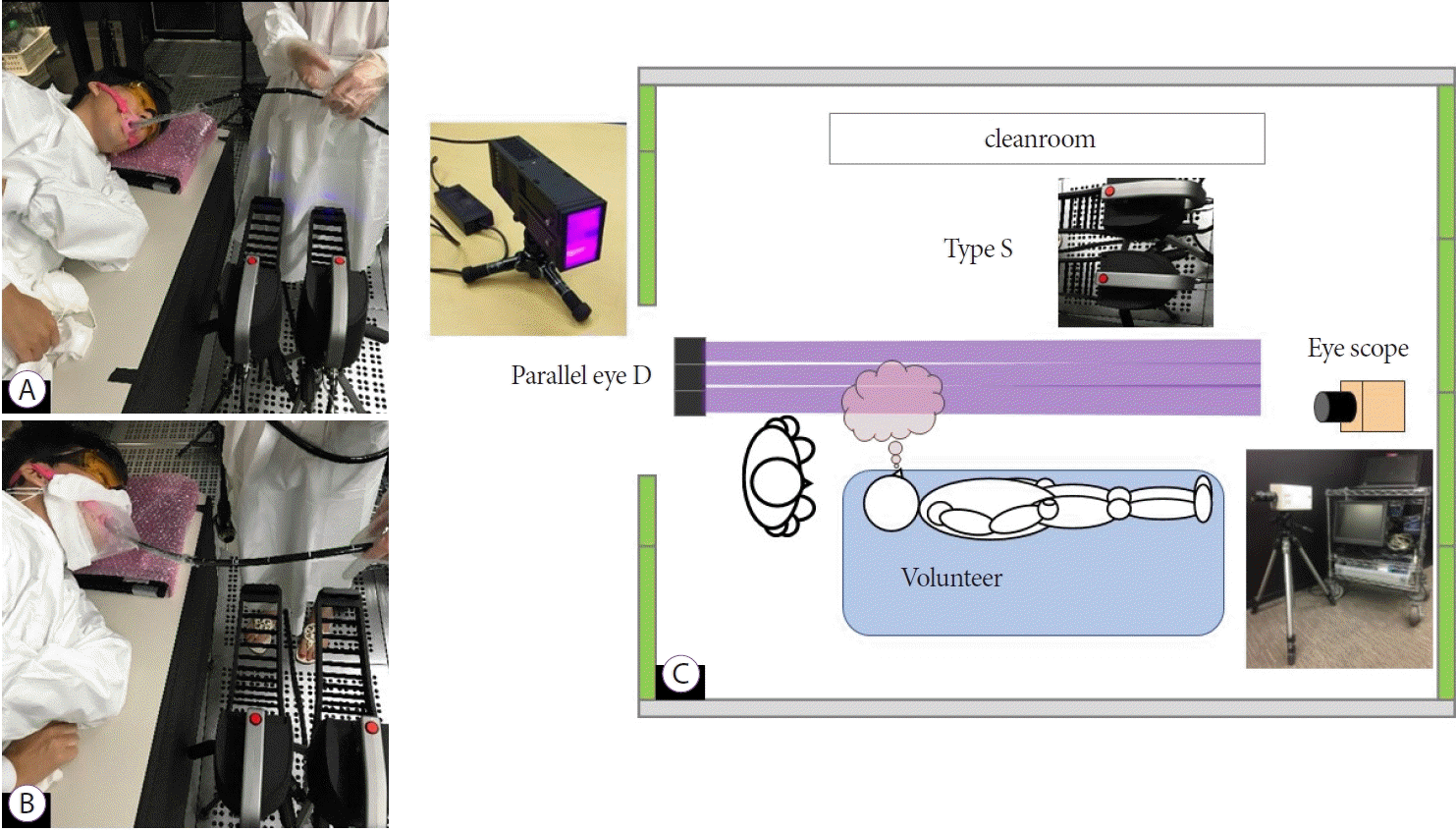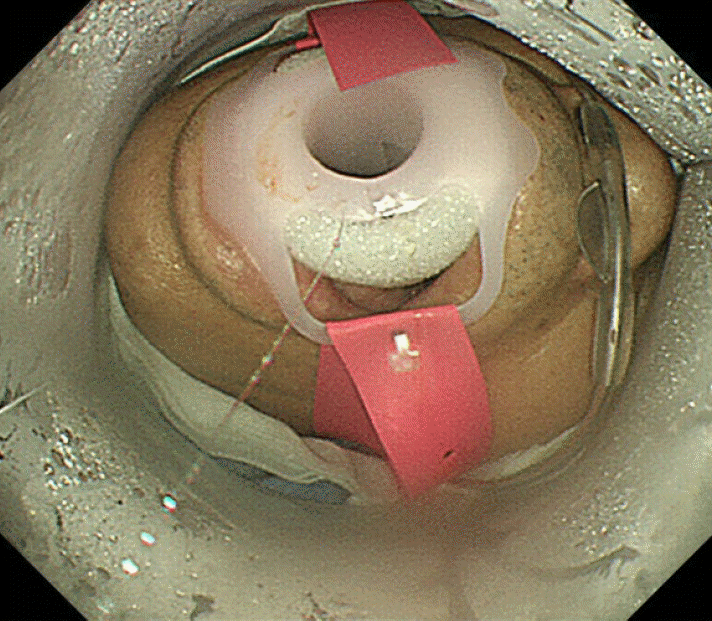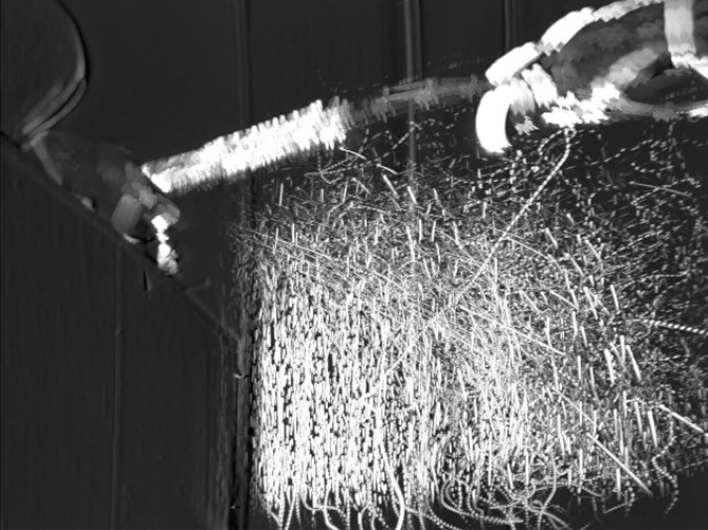2. Ortega R, Gonzalez M, Nozari A, Canelli R. Personal protective equipment and Covid-19. N Engl J Med. 2020; 382:e105.
3. The Lancet. COVID-19: protecting health-care workers. Lancet. 2020; 395:922.
4. Gralnek IM, Hassan C, Beilenhoff U, et al. ESGE and ESGENA position statement on gastrointestinal endoscopy and the COVID-19 pandemic. Endoscopy. 2020; 52:483–490.
5. Sagami R, Nishikiori H, Sato T, et al. Aerosols produced by upper gastrointestinal endoscopy: a quantitative evaluation. Am J Gastroenterol. 2021; 116:202–205.
6. Bhandari P, Subramaniam S, Bourke MJ, et al. Recovery of endoscopy services in the era of COVID-19: recommendations from an international Delphi consensus. Gut. 2020; 69:1915–1924.
7. Irisawa A, Furuta T, Matsumoto T, et al. Gastrointestinal endoscopy in the era of the acute pandemic of coronavirus disease 2019: recommendations by Japan Gastroenterological Endoscopy Society (Issued on April 9th, 2020). Dig Endosc. 2020; 32:648–650.
8. Repici A, Maselli R, Colombo M, et al. Coronavirus (COVID-19) outbreak: what the department of endoscopy should know. Gastrointest Endosc. 2020; 92:192–197.
9. Chiu PWY, Ng SC, Inoue H, et al. Practice of endoscopy during COVID-19 pandemic: position statements of the Asian Pacific Society for Digestive Endoscopy (APSDE-COVID statements). Gut. 2020; 69:991–996.
10. Hennessy B, Vicari J, Bernstein B, et al. Guidance for resuming GI endoscopy and practice operations after the COVID-19 pandemic. Gastrointest Endosc. 2020; 92:743–747.e1.
11. Sawano T, Kotera Y, Ozaki A, et al. Underestimation of COVID-19 cases in Japan: an analysis of RT-PCR testing for COVID-19 among 47 prefectures in Japan. QJM. 2020; 113:551–555.
12. Kawashima K, Abe S, Koga M, et al. Optimal selection of endoscopic resection in patients with esophageal squamous cell carcinoma: endoscopic mucosal resection versus endoscopic submucosal dissection according to lesion size. Dis Esophagus. 2021; 34:doaa096.
13. Mori G, Nonaka S, Oda I, et al. Novel strategy of endoscopic submucosal dissection using an insulation-tipped knife for early gastric cancer: nearside approach method. Endosc Int Open. 2015; 3:E425–E431.
14. Nonaka S, Kawaguchi Y, Oda I, et al. Safety and effectiveness of propofol-based monitored anesthesia care without intubation during endoscopic submucosal dissection for early gastric and esophageal cancers. Dig Endosc. 2015; 27:665–673.
15. Klompas M, Morris CA, Shenoy ES. Universal masking in the Covid-19 era. N Engl J Med. 2020; 383:e9.
16. van Doremalen N, Bushmaker T, Morris DH, et al. Aerosol and surface stability of SARS-CoV-2 as compared with SARS-CoV-1. N Engl J Med. 2020; 382:1564–1567.
17. Sagami R, Nishikiori H, Sato T, Murakami K. Endoscopic shield: barrier enclosure during the endoscopy to prevent aerosol droplets during the COVID-19 pandemic. VideoGIE. 2020; 5:445–448.
18. Leow VM, Mohamad IS, Subramaniam M. Use of aerosol protective barrier in a patient with impending cholangitis and unknown COVID-19 status undergoing emergency ERCP during COVID-19 pandemic. BMJ Case Rep. 2020; 13:e236918.
19. Sabbagh L, Huertas M, Preciado J, Sabbagh D. New protection barrier for endoscopic procedures in the era of pandemic COVID-19. Video-GIE. 2020; 5:614–617.
20. Sasaki S, Nishikawa J, Sakaida I. Use of a glove-covered mouthpiece during upper endoscopy to prevent COVID-19 transmission. Clin Endosc. 2021; 54:289–290.
21. Marchese M, Capannolo A, Lombardi L, Di Carlo M, Marinangeli F, Fusco P. Use of a modified ventilation mask to avoid aerosolizing spread of droplets for short endoscopic procedures during coronavirus COVID-19 outbreak. Gastrointest Endosc. 2020; 92:439–440.
22. Tian Q, Yan X, Shi R, et al. Endoscopic mask innovation and protective measures changes during the coronavirus disease-2019 pandemic: experience from a Chinese hepato-biliary-pancreatic unit. Dig Endosc. 2020; 32:1105–1110.







 PDF
PDF Citation
Citation Print
Print





 XML Download
XML Download